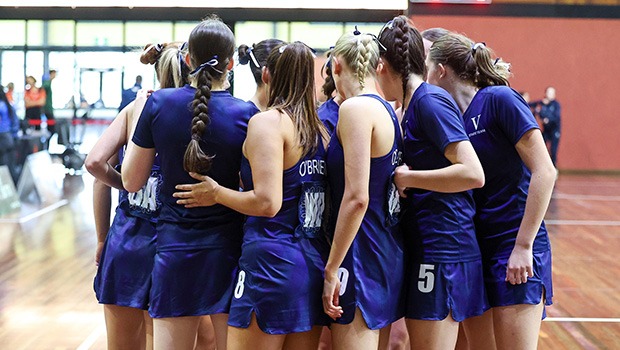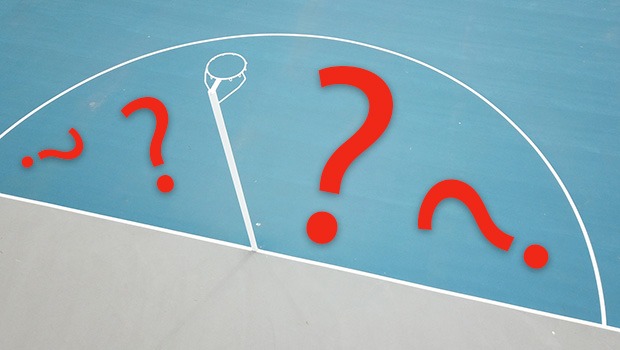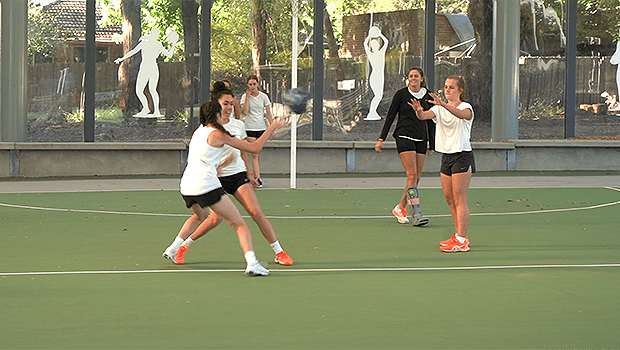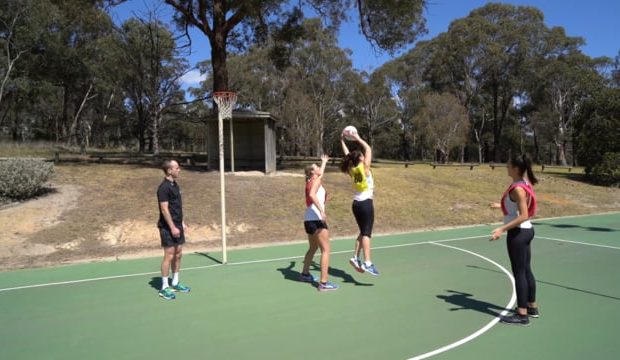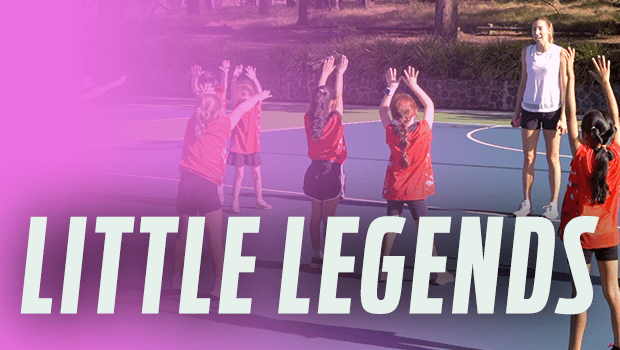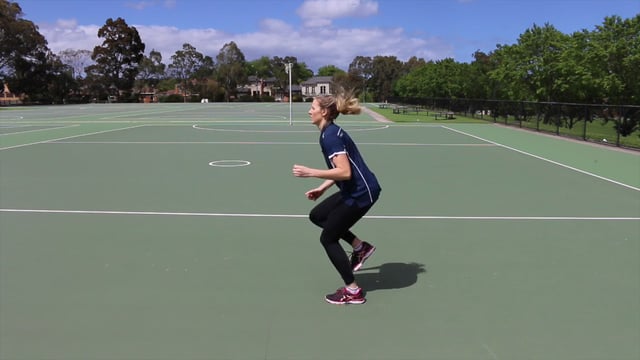
There was a time when netball strength and conditioning was a luxury reserved only for elite teams.
But these days it seems almost everyone has some sort of strength and conditioning program, with players at some clubs starting weights programs as early as their mid-teens.
Unfortunately, however, it’s not a level playing field – not every team has access to a gym, or access to a qualified person who can show the players how to do those exercises and movements properly.
ACCESS 400+ DRILL VIDEOS WITH LIVE INSTRUCTION: SIGN UP NOW!
But the good news is you don’t need the latest and greatest equipment in order to improve your players’ basic strength, and their resistance to injury.
In our latest article, Victorian Fury strength and conditioning Scott Graham explains how you can run a very quick and very effective strength program with no equipment whatsoever.
We’ve included a sample session from Graham that you can run for your team at their regular training, which he says is great for reducing the burden on athletes as they won’t have to find time during the week to complete another session.
KEEP IT SIMPLE
Scott’s number one piece of advice for strength exercises is to keep them as simple as possible, and particularly if you’re running the session for a whole team.
Scott says a few exercises as simple as bodyweight squats, lateral lunges, calf raises and a basic “hop and land” (jumping off two feet and landing on one) will be more than enough to start to build strength in players’ legs that will help them avoid injury.
“That’s a fully bodyweight program and we see fantastic improvements in strength, like on those bound tests, the single-leg squats etc,” he says.
CHECK OUT OUR FULL LIBRARY OF STRENGTH AND CONDITIONING VIDEOS
“Ultimately there’s an end point where you will have to start lifting external resistance to increase your strength beyond that particular point, but for those age groups 13 through to 17, that’s all you really need.”
“If they can bodyweight squat proficiently, lunge forward, backward and laterally, hop and land proficiently, hop and rotate and land proficiently, that’s all you really need at those particular levels. They’re going to be less likely to roll an ankle and injure themselves.”
And that’s an important point to make – Scott’s philosophy on strength and conditioning isn’t just about players becoming the strongest or fastest on court. It’s about preventing the injuries that will stop them being on the court altogether, because nothing cruels a team’s performance like missing players.
LOOK FOR BODY CUES
One of the most important things when performing bodyweight strength exercises is to ensure you’re picking up on incorrect body movements and cues that could lead to an injury in a game.
“The cues are really important,” Scott says.
“You don’t want to see knee valgus (knee collapsing inwards or outwards), or internal hip rotation (hip collapsing inwards). If you can educate your players on that and why that’s a bad thing, that’s a tick.”
If players are squatting or landing, look to ensure their knee bend is tracking in line with their feet, as promoting this movement will increase the chances of the player landing correctly in a game and reduce the chance their knee will rotate inwards or out, causing a knee injury.
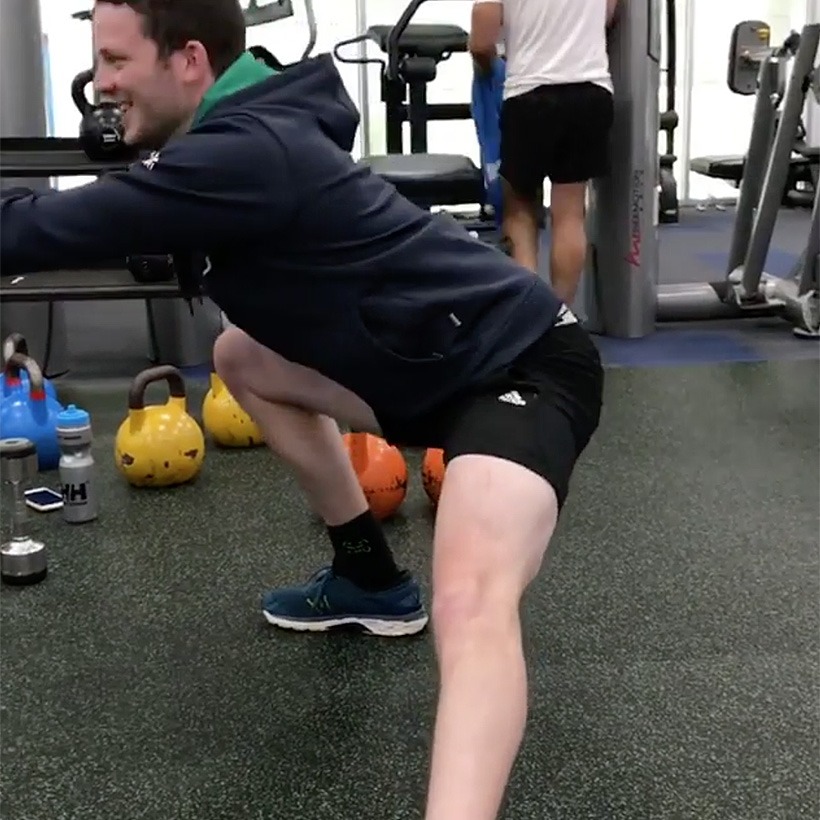
USE THIS QUICK AND EASY SESSION WITH YOUR TEAM!
Scott says you can get incredible “bang for your buck” out of a strength session that takes less than 10 minutes during your team’s regular court session.
Try this:
- Divide your players into four lines.
- Each line will perform a different exercise, completing 10 reps in 30 seconds.
- Exercises are bodyweight squats, lateral lunges, calf raises and “hop and land”. On the lunges, calf raises and “hop and land”, work for 15 seconds on one leg/side before switching.
- Allow a five-second break after the 30 seconds, and then each group rotates to the next exercise.
- After each group has completed all four exercises, give them 30 seconds rest.
- Complete three sets of the four exercises in total.
“That’s four quality exercises in two minutes. Do three sets and that’s six minutes and you’re done,” Scott says.
